How to clear cache in windows 10? - Windows 10 includes a new feature for PCs called Fast Startup. Fast Startup is similar to hibernation. When you upgrade to Windows 10, your device starts in a low-power mode instead of going into hibernation. To learn how to change these startup settings, see Change when Windows starts and stops (sleep vs. hibernate). This article has all the instructions you need on How to clear cache in windows 10 based on your hardware type e.g. SSD, HDD etc [...]
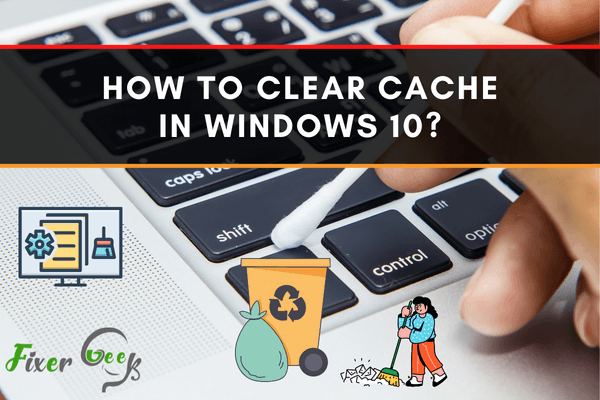
Cached data are temporary files in Windows 10 that are used by the operating system, programs, or apps on your computer. However, large file caches are likely to interfere with the performance of your computer. This is also true when the file caches become faulty or corrupted.
It is, therefore, recommended to clear the cache in your Windows 10 from time to time to improve performance, free up disc space, and troubleshoot system issues.
If you don’t know how to do this, here are some methods to guide you.
Method 1: Clear Temporary Files in Settings
Temporary files are a type of cache that are found in Windows 10 computer.
Here is how to delete them:
- Click the Start menu and select the Settings icon.
- Once in the settings tab, click System to open it.
- Scroll down to the Storage option and click on it.
- Select the Free up space now option and wait as your computer does the screening process.
- You will be provided with a list of files. Select the ones that you want to remove and click Remove files.
- The cleaning process will then begin. Once it is done, there will be no temporary files in your computer, and it will have more disc space.
Method 2: Use Disc Cleanup
The Disc Cleanup utility comes in handy when you want to remove temporary files cache. To do this:
- Open the run box by pressing the Windows logo key and R simultaneously.
- On the run box, type cleanmgr.exe and click Ok or press Enter on your keyboard.
- When the Disk Cleanup tab opens, navigate to Clean up system files and click Yes when asked if you want to continue.
Method 3: Clear Location Cache
To clear location cache, follow these steps:
- Open the start menu by clicking the Windows icon.
- Click on the Gear icon to open the Windows settings.
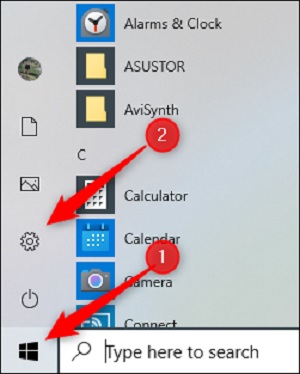
- On the Settings window, navigate to the Privacy option and click on it.
- Under Apps Permission, select Location in the left-hand panel.
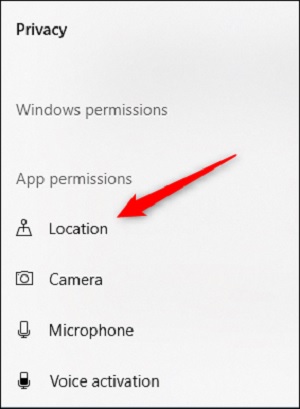
- Navigate to the Location History group and click on the Clear button.
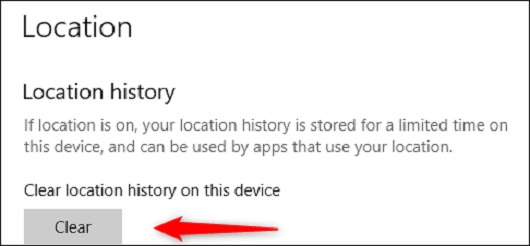
Method 4: Clear the Windows Store Cache
Oftentimes, the Windows store creates temporary files during the process of downloading apps. Faulty or corrupted Windows store cache can cause issues in the store app. Follow these steps to clear it:
- Open the run box by pressing the Windows key and R at the same time.
- In the run dialog, type wsreset.exe and click OK.

- A Command prompt will then appear without any text as the process of deleting the store cache continues in the background. There is nothing you can do until the cache is cleared.
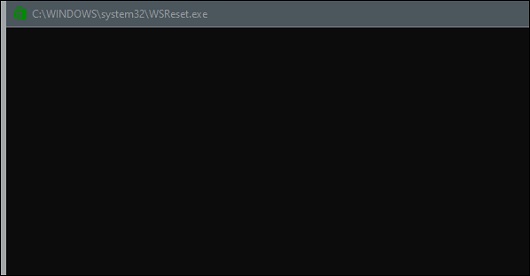
- After it is done deleting it, the command prompt will automatically disappear, and the store app will launch.
Method 5: Clear File Explorer Cache
- Open file explorer by clicking its icon on the taskbar.
- Click the View option at the top menu.
- At the bottom of the page, you will see the Clear File Explorer history option.
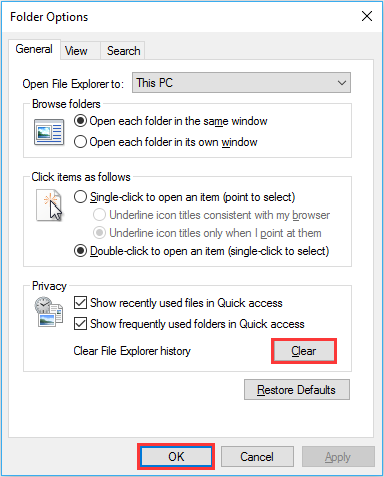
- Select the Clear button and then click Ok.
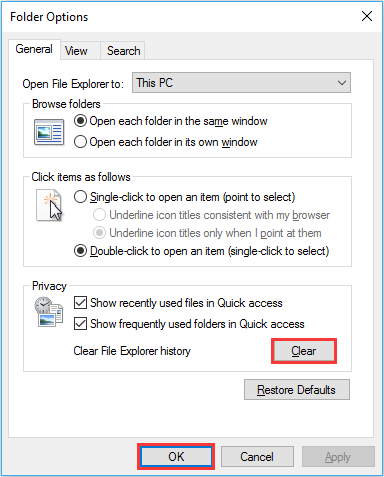
- Check every item and then click OK.
- When asked if you want to permanently delete the files, click Delete Files.
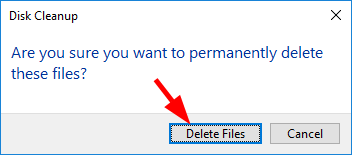
- Disk Cleanup utility will delete the files.
Method 6: Clear Browser Cache
When browsing the internet, your browser may create cached files. Here is how to clear the browser cache:
- Press the Shift, Ctrl, and Delete keys on you keyboard simultaneously.
- On the top menu, select the All time option. Ensure that the box next to Cached images and files is checked.
- If not, select it and then tap on the Clear data button. Doing this will remove your browser cache.
Summary: Clear cache in windows 10
- Click on "Settings".
- Click on "System".
- Click on "Storage".
- On the left side of the screen click on "Temporary files".
- Check the box next to "Temporary files".
- Hit remove files.
Conclusion
As seen in this article, clearing cache is not that hard as most people deem it to be. You can use any of these simple steps to clear cache in you Windows 10 to free up space and boost system performance.